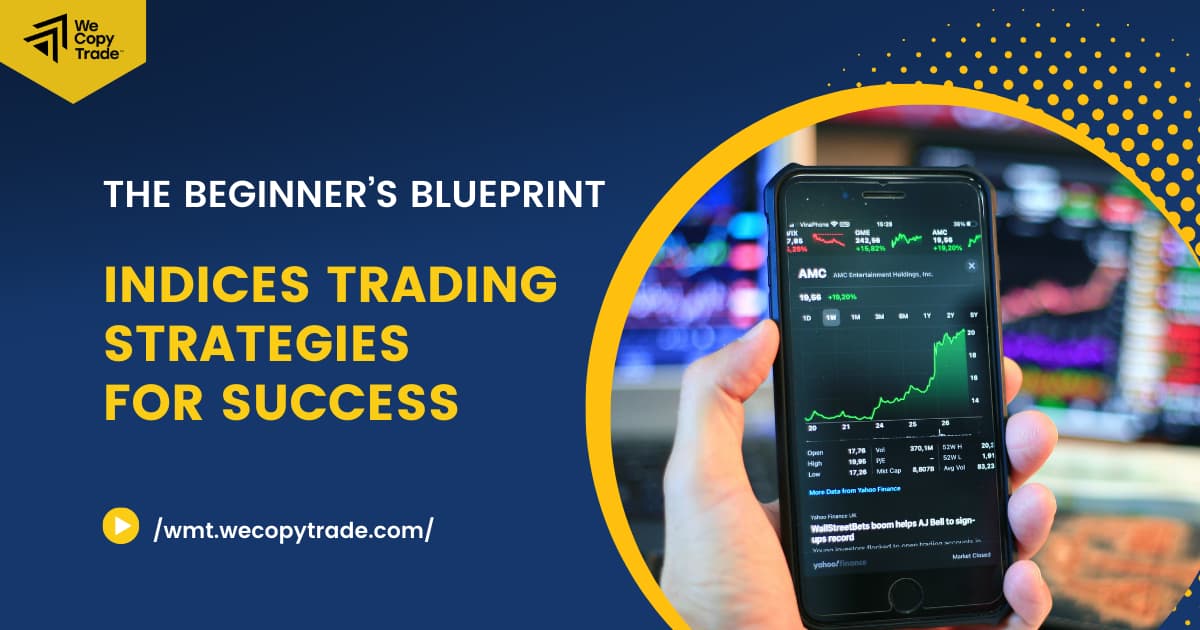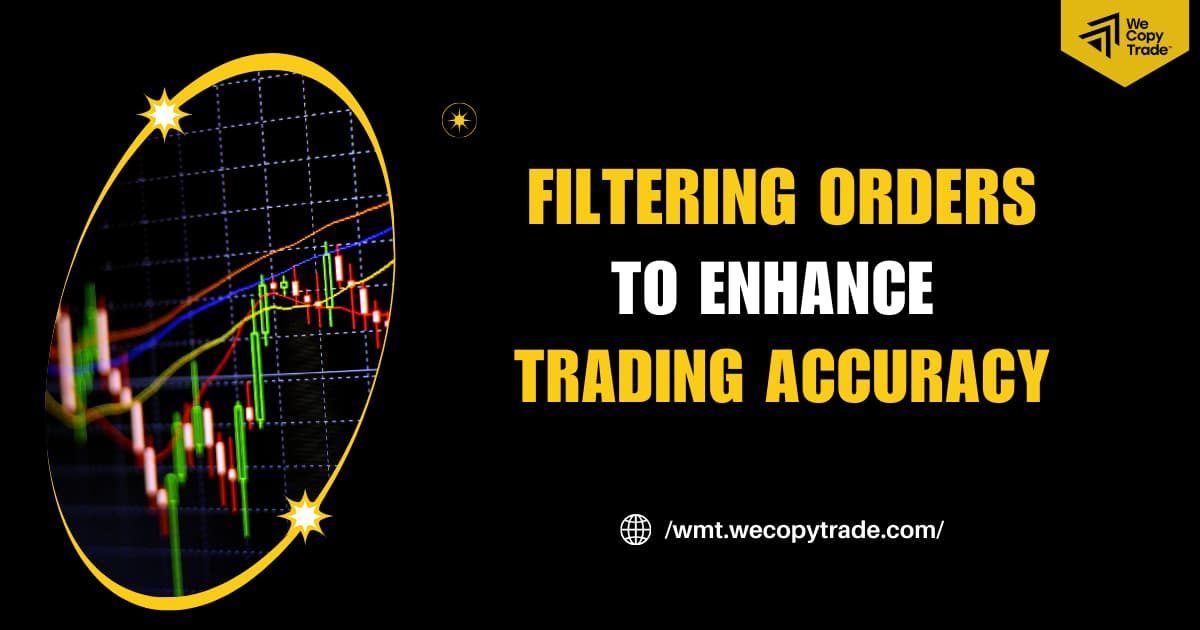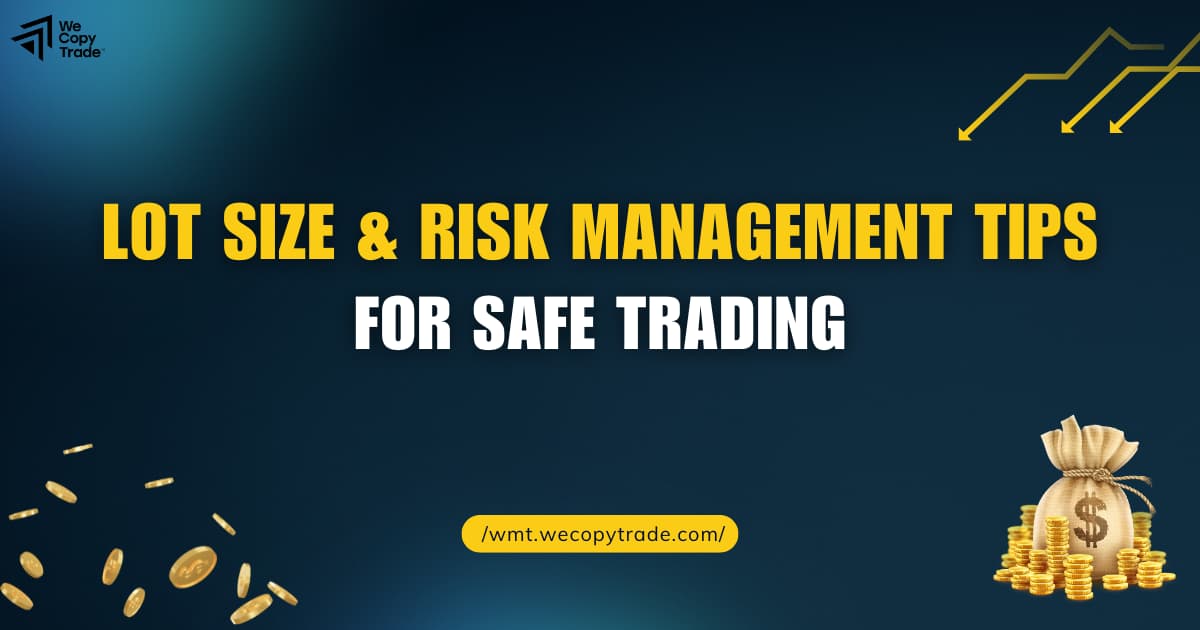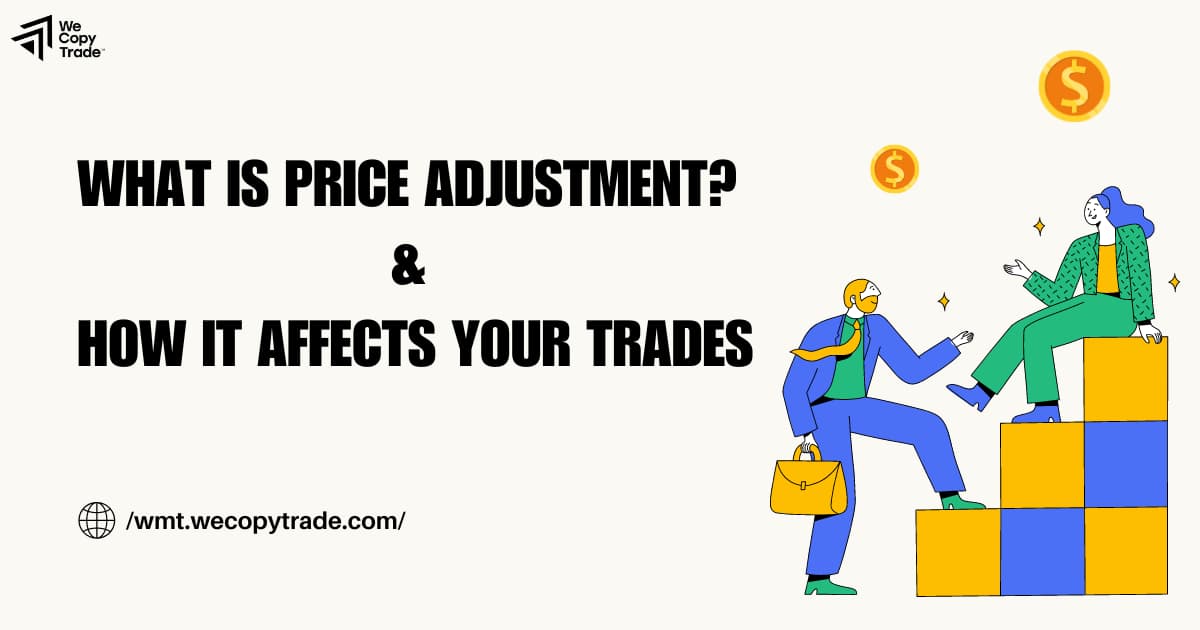The Beginner’s Blueprint: Indices Trading Strategies for Success
You can profit from market moves without picking individual stocks, with stock market indices trading. This guide will provide everything you need to know about implementing a simple yet effective indices trading strategy. We will explain the different types of indices and discuss strategies for beginners who just started trading indices. Following a step-by-step plan and using the right indices trading strategy can help you succeed in this market.
About Indices Trading
Indices, or indexes, are indicators that follow the performance of different groups of investments. An index takes all the numbers from the investments it follows and combines them in a way that measures how well that group is performing. They track things like stocks, bonds, or commodities to give us a broad picture of certain parts of the market or the whole market.
Pros and Cons of Trading Indices
Like all forms of investing, indices trading carries its own set of advantages and disadvantages.
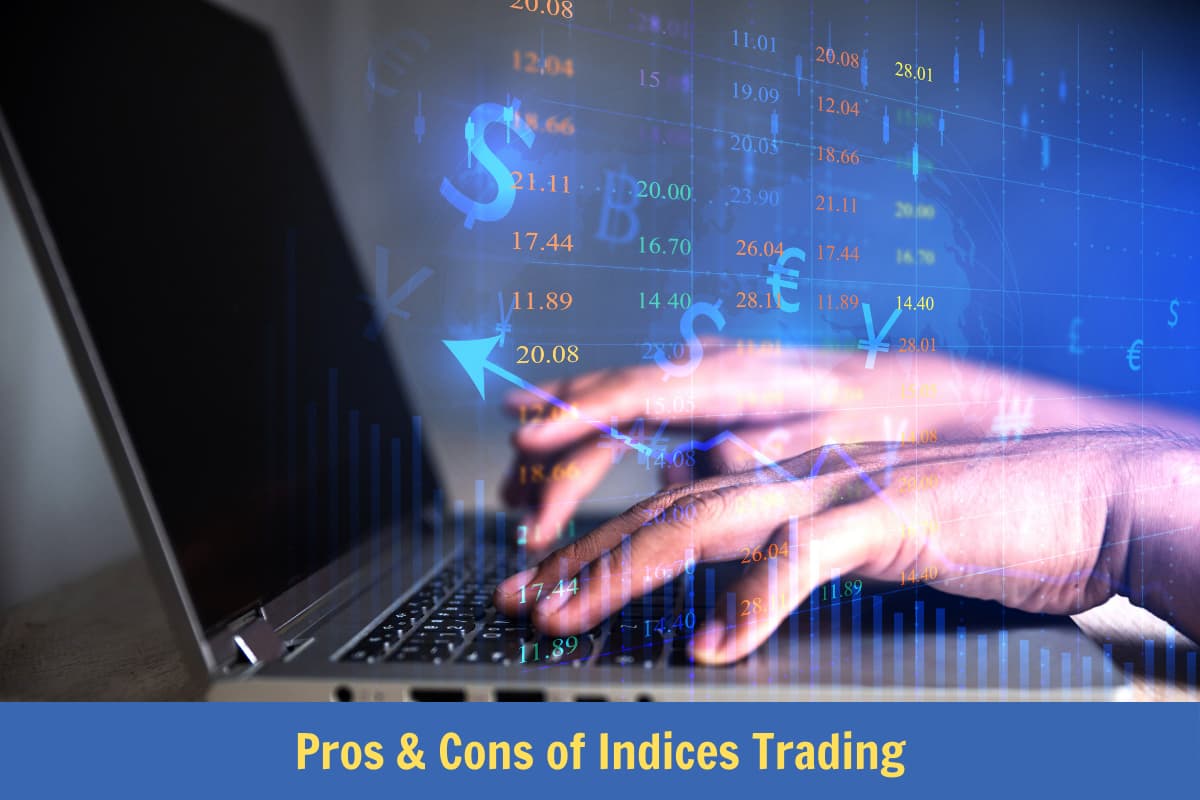
Pros:
- Potential for profits: Because an index tracks the performance of many investments together if the overall market or sector is doing well, the index should rise in value too. Investors can gain profit from the market fluctuations.
- Liquidity: Major indices have thousands of trades happening every day, which means it is very easy to buy and sell portions of them.
- Low fees: Most index funds and ETFs have low ongoing costs to own compared to trading many individual stocks. This means you keep more of your returns.
- Hedging: Indices allow you to offset your risks if certain parts of your overall portfolio are dropping, since some areas of the market often move in the opposite direction of others.
- Diversification: By investing in an index, your money is automatically spread across many different companies and sectors. This reduces risk compared to putting all your money into just one or a few stocks.
Cons:
- Market risks: Your investment is still exposed to movements of the overall market or sector. If that area suffers, the index will too. You lack control over individual company performances.
- Volatility: Index values can experience big ups and downs depending on global economic conditions, political situations, and other uncertain factors. This creates price fluctuations.
- Complexity: Some indices track narrow areas and require understanding many components. Following economic reports and events for all those parts can be complicated.
- Competition: Indices are very popular investments, so the markets for contracts based on them are highly competitive. Its difficult to consistently outperform other traders and the index itself.
Instruments for Trading Indices

Investors can use various financial instruments to trade indices, including:
- Futures: These are agreements to buy or sell the index at a set date and price in the future. Futures allow speculating on if prices will be higher or lower by settlement.
- Options: With options, investors may purchase or sell the index at expiration if it reaches the agreed “strike” price. They provide leverage but for a premium cost.
- Contract for Difference (CFD): CFDs mirror index price swings without owning the actual investment. Traders profit from correct market direction calls and only use margin for the trade size.
- Exchange-Traded Fund (ETF): ETFs are funds traded on exchanges that track various indices. They trade just like stocks so they offer convenient ownership with the index performance.
Types of Indices Trading
Indices trading can be classified by different criteria.
By style
- Active short-term indices trading
- Intraday Trading: With this approach, traders study daily charts and economic news to predict highs and lows for the trading session. Positions are initiated and closed within the same day, hoping to profit off short-term swings.
- Scalping: Scalpers seek to profit from modest price swings throughout the day. They constantly watch minute and lower timeframes, looking to buy and sell over seconds, minutes or a few hours to accumulate profits. It involves many trades but with tight risk limits on each.
Both intraday trading and scalping indices provide opportunities for short-term gains, but come with drawbacks like high stress from constantly monitoring markets. Perfect order and timing execution is important for profiting from the small index movements.
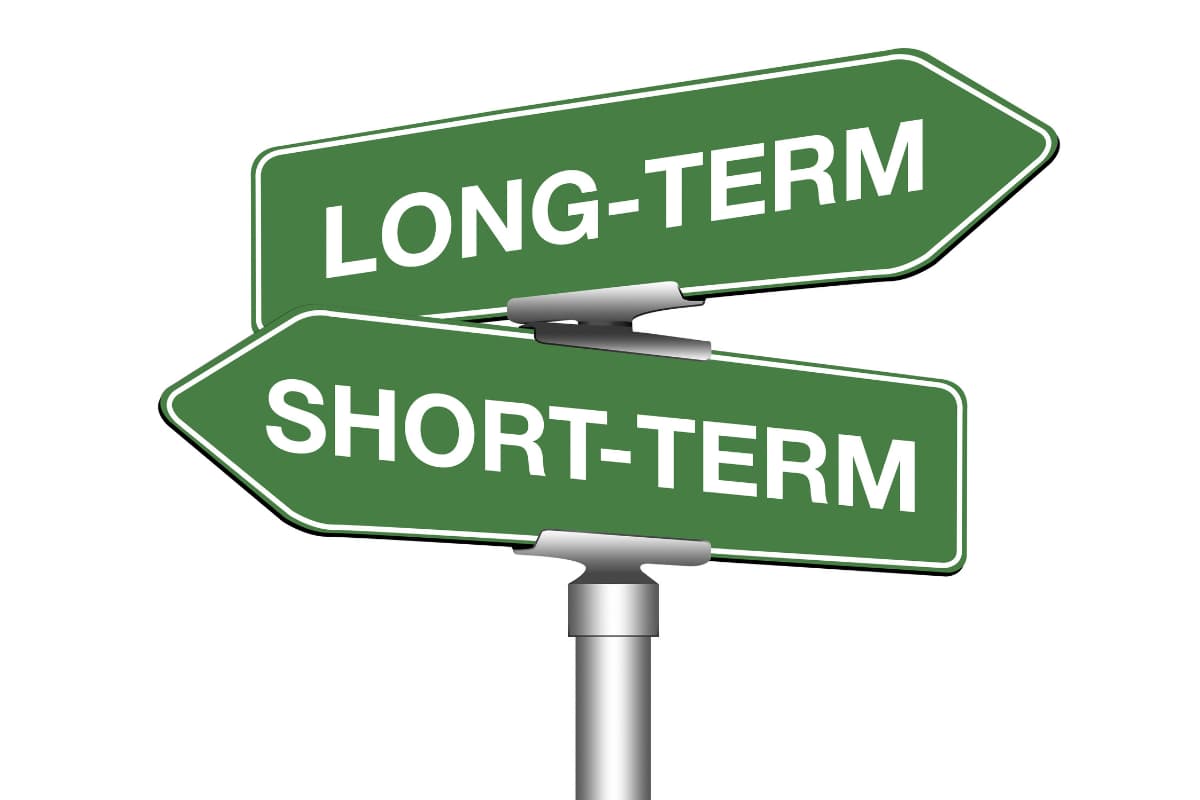
- Passive long-term indices trading
This type works well for investors looking to invest their money for an extended time. It involves choosing index funds or ETFs and letting those investments sit to benefit from the overall market rising in value over time. It is more about the gradual long-term uptrend of the entire economy.
By underlying aset
- Stocks: Many indices follow various stock markets like the S&P 500, Dow Jones, NASDAQ, etc. Price changes in these indices mirror moves for hundreds of individual company shares.
- Bonds: Bond indices monitor government and corporate debt. They allow speculating or hedging on interest rate and credit market swings that impact bond prices.
- Commodities: There are indices comprised of raw materials like oil, natural gas, metals and agricultural goods. These give a way to trade demand and supply trends affecting physical commodities without direct ownership.
Indices Trading Strategy for Success
Indices traders often employ various techniques, each with different objectives and principles. Here we look at two of the most common indices trading strategies:
- Fundamental analysis: Forecast index changes by evaluating different economic indicators, financial performance, and market sentiment.
- Technical analysis: Identify patterns that might predict future activity by analyzing statistical trends collected from trading activity, like price swings and volume.
Trading indices using fundamental analysis
Some traders like to study important market and economic factors when deciding what to do with indices. This indices trading strategy is fundamental analysis. They look at things like company earnings reports, economic indicators, interest rates, political situations, and other underlying conditions that impact the real businesses and assets that make up the index.

By paying attention to employment numbers, growth forecasts, corporate profits and more, a trader can get an idea of whether conditions will likely help or hurt market performance over the coming weeks or months. This approach takes more time but can provide insights beyond just price charts alone.
Trading indices using technical analysis
Technical analysis is often used to evaluate investments as well as spot potential trading opportunities. Investors analyze statistical trends like price changes and volume. To predict upcoming price swings, they use various tools such as:
- Chart patterns: Certain shapes that appear on line graphs of past price data, like triangles or double bottoms, have meanings. They can signal if an uptrend or downtrend may continue or change going forward.
- Candlestick patterns: These patterns in how daily price bars are shown provide essential clues. Formations like hammers, engulfing, or dojis give hints about market emotions and if there will be a reversal from current trends.
- Indicators: Technical indicators are numbers generated from analyzing metrics like volume and changes over time. Ones tracking trends, momentum and volatility aim to recognize buy and sell opportunities ahead.
Essential Steps to Start with Indices Trading
Getting started with trading indices requires some preparation steps:
- Learn the basics: Understand what indices are, how they work, and common trading instruments like futures vs ETFs. Educate yourself on market dynamics and known strategies.
- Select the prestigious broker: Pick a reputable brokerage firm to open an account with based on low fees, good trading platform, and your needs as a beginner or advanced trader.
- Open and fund your indices trading account: Complete the broker’s application process and make your initial deposit so you have capital available for live trading.
- Build a strategy: Develop an approach for trading, such as intraday swings or long-term holds. Determine your trading style and plan.
- Execute your plan and control your risks: Start making small trades according to your rules while monitoring them closely to limit downside if unexpected moves occur.
Final Words
In conclusion, selecting the right indices trading strategy based on your goals, experience and risk tolerance is important for achieving success as a beginner. Taking time to learn industry fundamentals, analyze different strategies and choose those that best match your strengths will help you trade with discipline. Please visit our WeMasterTrade Blog for additional helpful trading tips and insights.


